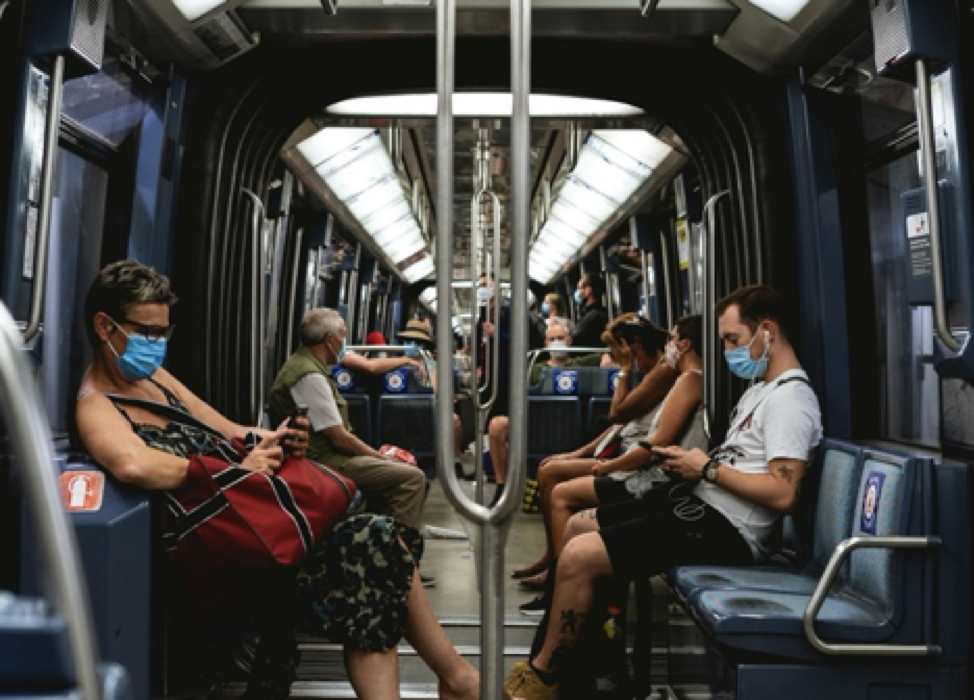Both TTC and Go Transit are increasing services; masking and other protocols remain in place

Some Ryerson University students who commute by transit will begin getting into their daily routine as they opt for in-person classes this week.
Classes that are running in-person or in a hybrid model will resume on Sept. 13, after all university courses were mandated online for the first week of the semester.
Syed Zaidi, a second-year business management student at Ryerson, and commuter, said he has opted to go to his classes in-person after completing the first year of his degree online. Zaidi said he feels like he learns better in a classroom setting.
“It’s hard to learn online, especially with interactive discussions and certain assignments, projects, or tests,” he said.
Many classes at the university are offering in-person and hybrid lessons. More information on what each faculty is offering can be found on Ryerson’s COVID-19 Information and Update page.
“In-person, you would have way more resources available to you versus if you were learning strictly from online,” Zaidi said.
While it’s not known how many students will opt for in-person learning, Zaidi is probably not alone in his decision to commute by transit this school year. Before the pandemic, 77 per cent of Ryerson students relied heavily on some form of local or regional transit to get to campus, according to the 2019 StudentMoveTO study.
As a commuter student from Mississauga, Zaidi takes both the TTC and GO Transit to and from the class, which takes around 45 minutes.
Although Zaidi follows the public health guidelines that are in place, the risk of taking public transit still concerns him.
“If you’re on the subway or something, there are so many people, so you can’t even tell who is vaccinated and who is not […] The variant could be anywhere,” Zaidi adds.
Tim Sly, an epidemiologist and professor emeritus in the School of Public Health at Ryerson, calls public transit a “pinch point” where things come together and transmission can occur.
To optimize safety on public transit, Sly recommends double masking when possible, wearing some form of eye protection such as a hat or glasses and remembering proper hand hygiene.
“The more layers you’ve got, the more of a tighter weave you’ve got to protect yourself and others from infection,” said Sly.
Metrolinx has increased its service with the expected return of transit riders this fall, said its spokesperson, Nitish Bissonauth.
Metrolinx has focused on ensuring the safety of staff and passengers since the start of the pandemic through increased cleaning measures, requiring masks and improving ventilation on transit, said Bissonauth in an emailed statement.
The TTC is adding 25 per cent more subway trains on Line 1 and Line 2 at peak times during the week to reduce crowding, according to a news release from the TTC on Aug. 30.
The TTC also requires riders to wear a mask that covers their nose and mouth, even if they are fully vaccinated. Disposable masks are available upon request from a collector or customer service agent. Riders should stay home if they are feeling sick, according to the TTC website.
“We ask that students continue to follow COVID safety guidelines, including wearing a mask while on transit,” said TTC chair Jaye Robinson in the update for the back-to-school season.In addition, the TTC said they have been increasing the cleaning and disinfection protocols on all modes of public transit with a focus on high-traffic touchpoints.
Simone Gavros was the Health Reporter for the Fall 2021 semester.

